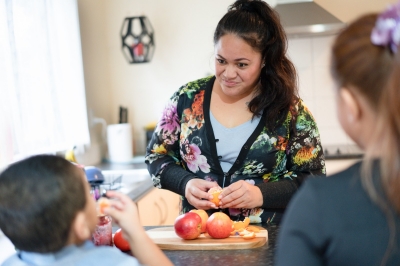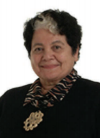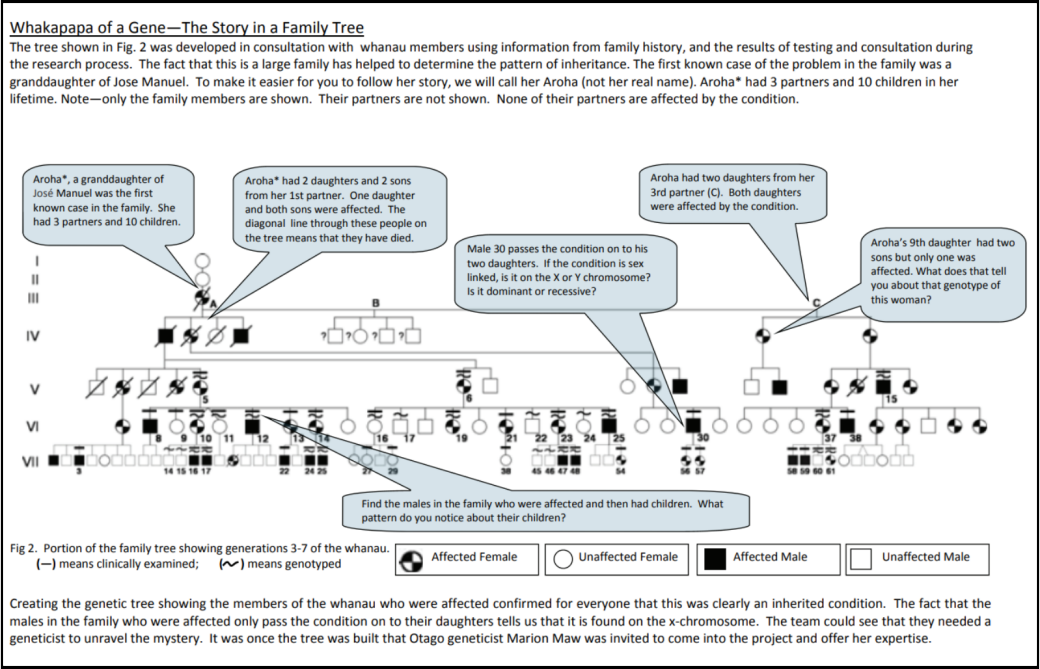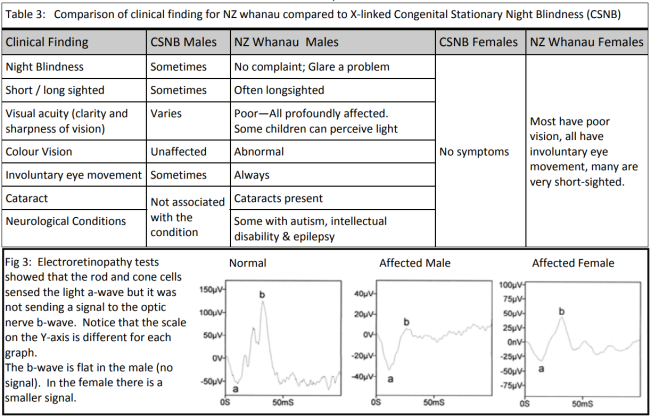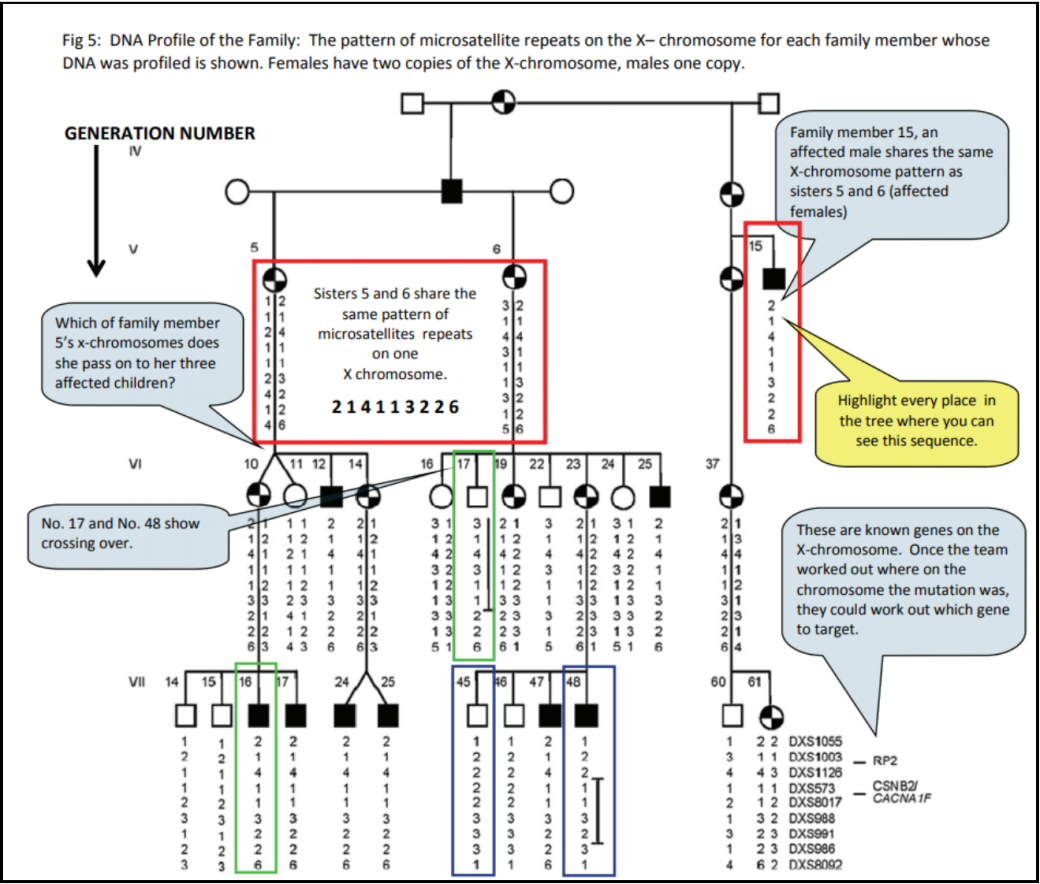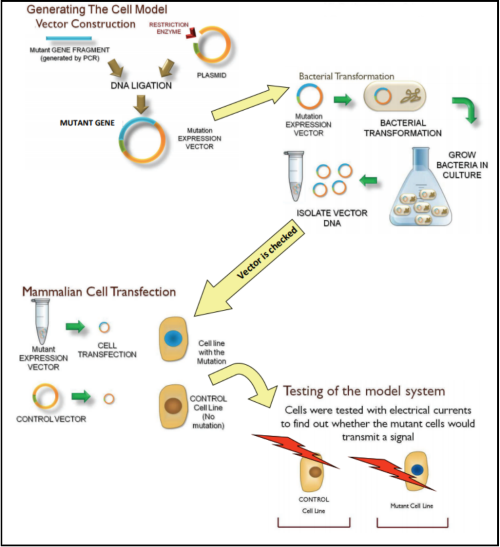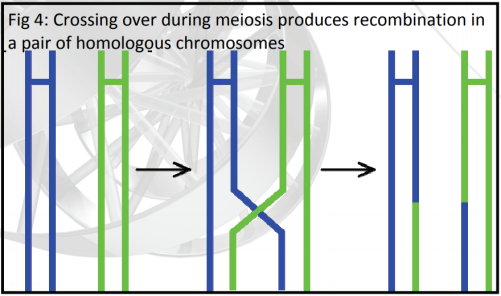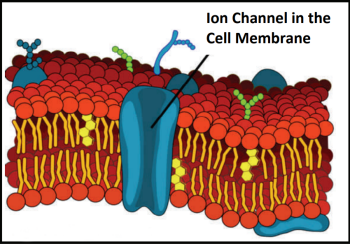Good eyesight is something all parents hope for their children. For one branch of a large New Zealand whanau who are descendant from Spanish whaler, José Manuel, the chance of a newborn child being visually impaired is very high. Five generations of the family have been plagued by blindness.
José Manuel deserted from a whaling ship in the 1830s and went to live with a Māori tribal community in the East Cape of Aotearoa‐New Zealand. He took multiple wives (as was normal for this community) and now over 180 years later has more than 10,000 descendants. In one branch of this whanau, more than 40 of the family who are alive today are either blind or have extremely poor vision. Their vision may be so bad that they can hardly distinguish between light and dark. While having a serious vision impairment makes life very challenging, for some members of the whanau there is an additional inherited challenge. As well as their vision problems, a number of the boys in more recent generations are affected by intellectual disabilities and autism.

